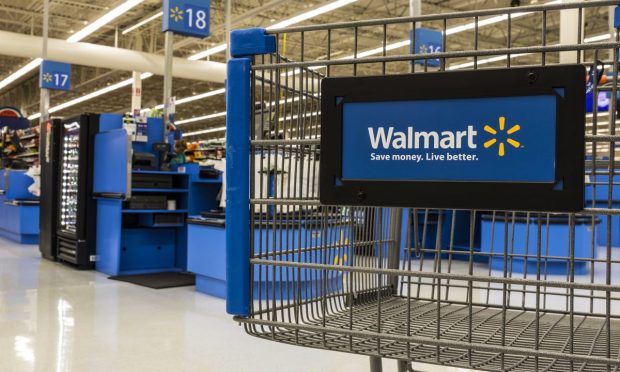AMZN vs WMT Weekly: Retailers Limp Into Normally Sizzling Dog Days of Summer

With the official kick-off of summer just a week away and our instinctive perennial urge to get outside, go places, have fun and relax poised to kick in, this year’s hot season looks set to be different than what we’ve come to expect in recent decades.
This, as a swirl of economic headwinds is proving to be a problem, not only for consumers, but also the retailers that serve them. And it’s not just Amazon and Walmart seeing the change but every single general merchandise, apparel and hardlines retailer on the block.
Acknowledging that change and accepting the reality that once-in-a-lifetime inflation, paired with rising interest rates and the growing probability of recession, are deeply affecting consumer spending habits.
“We do see some consumer switching. We see categories like deli, lunch meat, bacon, dairy, where customers are trading from [national] brands to private brands,” Walmart U.S. CEO John Furner observed on the retailer’s Q1 conference call earlier this week.
While demand for cut-rate cold cuts is up, Furner and his boss, CEO Doug McMillon, noted that there were also pockets of strength in certain high-ticket items like gaming consoles and patio furniture sets.
“I think it’s important to recognize that there’s more than one consumer. We serve the whole country [and] we’ve got a breadth of customers and they behave differently,” McMillon said.
The Product Mix Challenge
It’s not as if any retailer thought the highest inflation seen in three generations was not going to cause some problems, it’s just that gauging the myriad ways these changed buying behavior will play out that’s proving to be a bigger challenge than expected — even for seasoned industry vets who have decades of experience navigating cost problems around the world.
But when the overlay of lean inventories and much longer lag times between ordering and stocking merchandise are added in, the art of getting the right product on your shelves (or into your fulfillment center in the case of eCommerce) at the right price is proving to be especially difficult.
“While sales were ahead of plan in Q1, the category mix in the U.S. was heavier in food and consumables as spending shifted somewhat away from more discretionary items, including categories impacted by unseasonably cool weather such as apparel, patio furniture, and landscaping supplies,” McMillon said before reiterating his bullish outlook that belt-tightening and value-seeking shoppers will have on Walmart’s food and consumables business.
Right vs Wrong Inventory Build
Although Walmart quantified it most recently, the problem of having too much of the wrong stuff and not enough of the right inventory is an industrywide challenge right now.
While this product problem is proving to be costly for retailers, it seems likely to benefit consumers by way of summer sales — although probably mostly on last season’s stuff, and then only accessible to consumers who have money left over to buy non-essential items.
As it stands, PYMNTS research has shown 6 in 10 U.S. households are already living paycheck-to-paycheck, and the majority of consumers report that they’ve tweaked their spending habits to essentials only.
“Consumers are feeling inflation pressures as evidenced by an increase in grocery private brand penetration,” McMillon said. “The category mix shift, along with increased inventory, some of which was delayed in arriving, led to higher-than-normal markdowns for general merchandise.”
As it is, Amazon said in April that its annual Prime Day sales event will slide back to its traditional position in July this year (versus jumping to June last year and being bumped to October in 2020) meaning it becomes a Q3 event financially speaking, but also one that will reflect how well the eCommerce leader has played the product mix game.
After all, no matter how low the price, sweaters and sleds aren’t going to sell in July.
